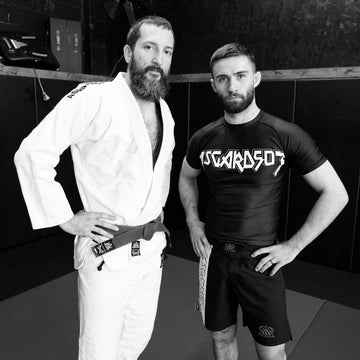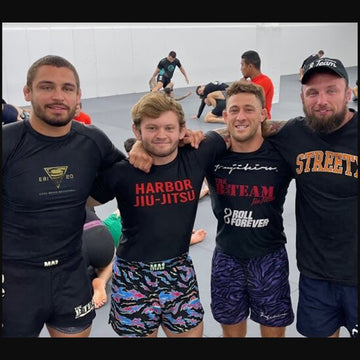I’ve spent over a decade training no-gi and about 6 years training in the gi. One of the biggest debates in the grappling world is whether you should focus on gi or no-gi, and honestly, there’s no one-size-fits-all answer. Both have their benefits, and the best choice depends on your goals and personal preferences.
Training in the gi forces you to slow things down, work your grips, and develop a more methodical approach to Jiu-Jitsu. The friction of the fabric allows for more control, and techniques like lapel guards and collar chokes add an entirely different dimension to the game. If you’re interested in sport Jiu-Jitsu and traditional martial arts, gi training is a great foundation. As an older grappler (40 years old) I find myself leaning into my gi training more as the slower pace defiantly plays a bit better into my game.
No-gi, on the other hand, is faster-paced and requires more reliance on body positioning and under hooks rather than grip control. If your focus is MMA or submission grappling, no-gi training is essential. It translates well to real-world self-defense situations since people don’t typically wear thick jackets in everyday life unless you live here in the PNW. Plus, no-gi requires better scrambling, athleticism, and reaction time, making it an exciting and dynamic style, especially to watch. As a younger grappler and more pulled to the 10th Planet system I cut my teeth in no-gi. I still train it 3 or more days a week and it will always be my foundation of jiu jitsu.
At the end of the day, training both gi and no-gi will make you a more well-rounded grappler, I know it has for me. That’s why I designed Asgard Supply Co. gear to meet the needs of athletes in both styles. Whether you need a durable rash guard or shorts that allow full mobility for no-gi, we’ve got you covered. We also have a limited line of GIs if you are looking for a great quality Kimono. If you want to train at the highest level, make sure your gear matches your ambition.





